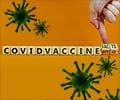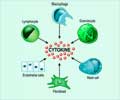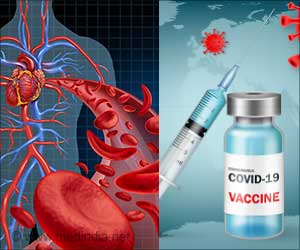A statistical model developed by researchers uses a blood biomarker to identify infected patients who are most at risk of dying of COVID-19.

“In our study, we were able to determine which biomarkers are predictors of mortality in the 60 days following the onset of symptoms,” said Kaufmann, the study’s co-lead author alongside CRCHUM research colleagues Nicolas Chomont and Andrés Finzi.
Despite advances in the management of COVID-19, doctors have found it hard to identify patients most at risk of dying of the disease and so be able to offer them new treatments.
Several biomarkers have been identified in other studies, but juggling the profusion of parameters is not possible in a clinical setting and hinders doctors’ ability to make quick medical decisions.
Using blood samples collected from 279 patients during their hospitalization for COVID-19, ranging in degrees of severity from moderate to critical, Kaufmann’s team measured amounts of inflammatory proteins, looking for any that stood out.
At the same time, they measured the amounts of viral RNA and the levels of antibodies targeting the virus. Samples were collected 11 days after the onset of symptoms and patients were monitored for a minimum of 60 days after that.
Advertisement
To confirm its effectiveness, they tested it on two independent cohorts of infected patients from Montreal’s Jewish General Hospital (recruited during the first wave of the pandemic) and the CHUM (recruited during the second and third waves).
Advertisement
Source-Medindia















